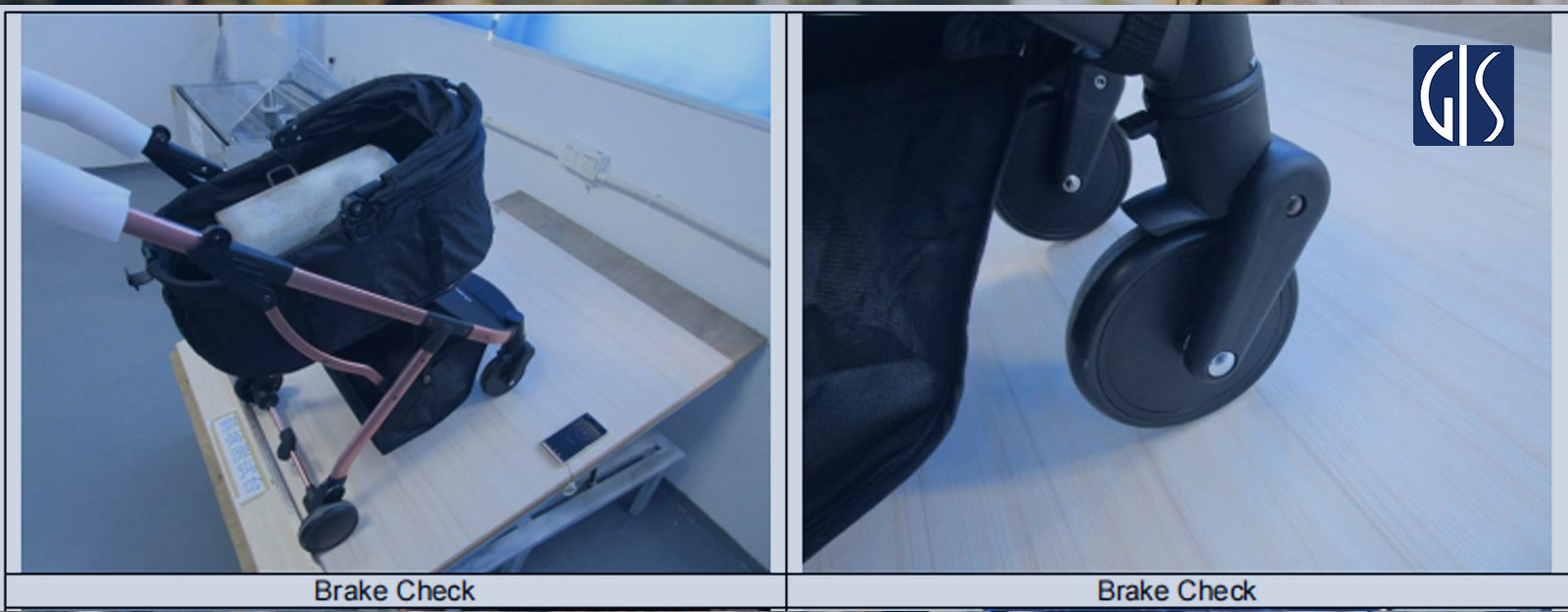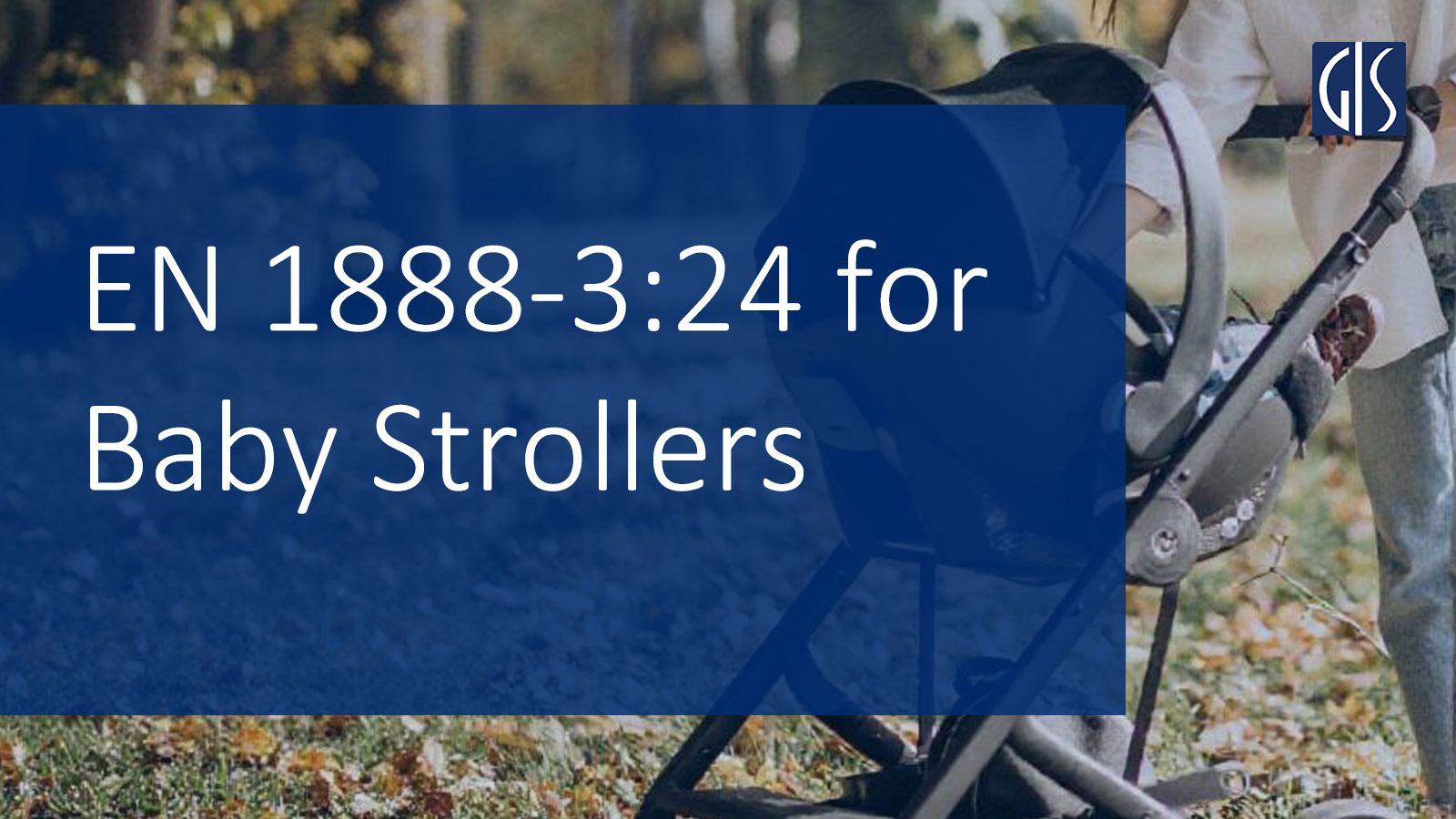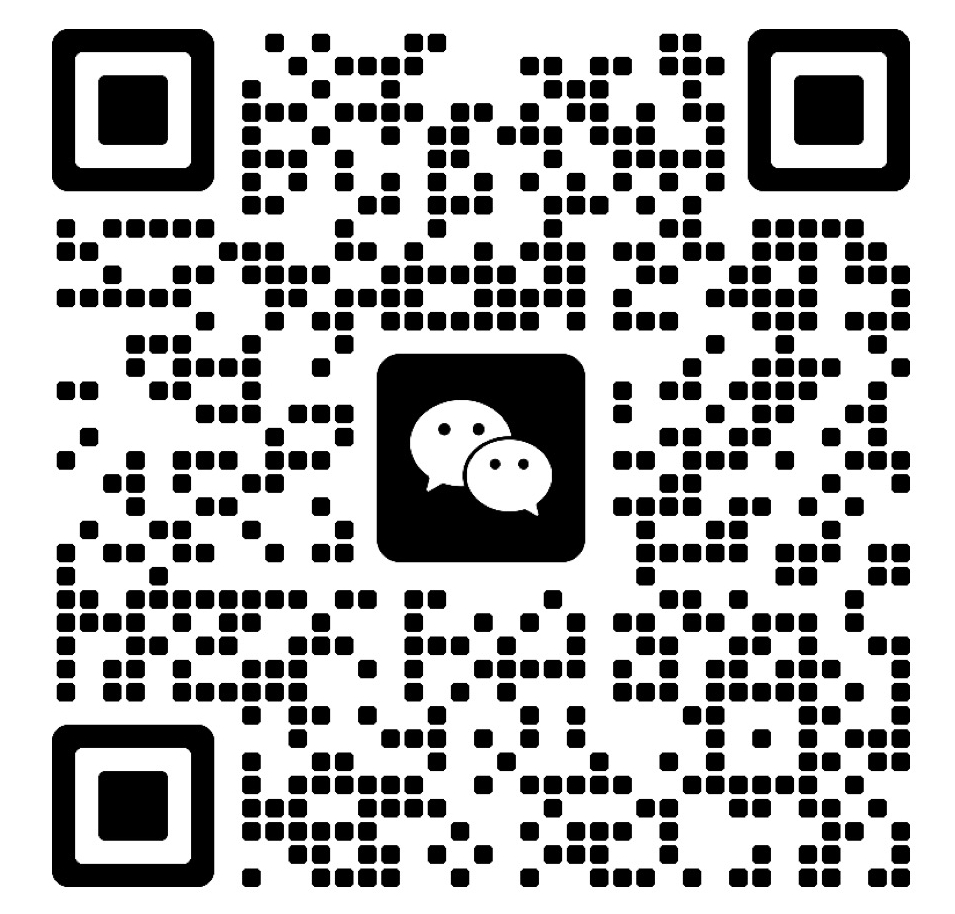The European Committee for Standardization (CEN) published a new version of the standard EN 1888-3:24 for pushchairs intended for leisure sport activities on July 7, 2024. The EU requires all member states to adopt the standard as a national standard and to repeal conflicting standards by 30 January 2025.
What is EN 1888-3:2024?
EN 1888-3:2024 is Child care articles - Wheeled child conveyances - Part 3: Pushchairs intended for leisure sport activities; it is the third part of the EN1888 series.
In 2014, the European Committee for Standardization (CEN) TC252 decided to split standard EN1888, applicable to wheeled child conveyances, into several parts to clearly address safety concerns linked to the use of a variety of products.
The standard covers a variety of risks and hazards including chemical, thermal, mechanical, suffocation, entanglement, and choking and ingestion. It also includes tests for the durability of the stroller with the use of a rolling road.
EN1888 series
EN 1888-1:2018+A1:2022 Child care articles - Wheeled child conveyances - Part 1: Pushchairs and prams
EN 1888-1 specifies the safety requirements and test methods for pushchairs and prams, designed for the carriage of one or more children, up to 15 kg each and up to 20 kg for any integrated platform on which a child can stand.
EN 1888-2:2018+A1:2022 Child care articles - Wheeled child conveyances - Part 2: Pushchairs for children above 15 kg up to 22 kg
EN 1888-2 specifies the additional safety requirements and test methods for pushchairs, designed for the carriage of one or more children, above15 kg and up to 22 kg each.
EN 1888-3:2024 Child care articles - Wheeled child conveyances - Part 3: Pushchairs intended for leisure sport activities
EN 1888-3 specifies the safety requirements of pushchairs when used for running/jogging or skating (excluding ice skating), intended for the transport of one or two children up to 15 or 22 kg each.
The Scope of application of the EN 1888-3:24
EN 1888-3:24 covers pushchairs intended for sport activities and is only applicable in conjunction with EN 1888-1:2018+A1:2022, which states general requirements for pushchairs and prams; and if applicable, with EN 1888-2:2018+A1:2022, which states requirements for pushchairs intended for children up to 22 kg.
It specifies the safety requirements for strollers used for running/jogging or rollerblading, which are intended to transport one or two children weighing not more than 15 kg or 22 kg respectively.
The Major Test Requirement of the EN 1888-3:24

The standard mainly includes the following test requirements:
- Suitability for use
- Restraint system
- Entanglement hazards
- Stability
- Irregular surface test
- Wheels requirements
- Braking device
- Visibility of the vehicle
- Product information
The Main Concerns Addressed by EN 1888-3:24
- Suitability for use: the vehicle shall ensure a safe ride on uneven surfaces and provide a safe position for the child. A restraint system shall limit the displacement of the child in case of impact
- Entanglement hazards: The requirement to prevent entanglement hazards is applicable when assessed against EN 1888-1+A1:2022, but clause 8.4 of this standard does not apply to tether straps (if provided)
- Stability requirements: The stability requirements set forth in EN1888-1+A1:2022 have been improved to take into account the potential for steep and uneven terrain
- Structural integrity: Regarding structural integrity, the number of cycles and speed of the irregular surface test provided in EN1888 parts 1 and 2 +A1:2022 has been increased to consider longer, faster and more intensive use. Additionally, requirements for the strength of wheels have been developed
- Braking device:A braking device is required to prevent hazards relating to higher speed incidents, and tests have been introduced to check its efficiency and function. In addition, the pushchair shall be provided with a means to stop it if the carer loses control – a tether is a suitable solution
- Vehicle visibility: reflectors or retroreflective materials shall be provided on the four sides
- Enhanced product information: the use for sporting activities is only suitable for children of at least 9 months of age and a warning is required to remind the user that extra care should be taken when sharing sport activities with a young child.
Statements have also been added for the child and carer to wear suitable protective equipment – a helmet for the child and reflective clothing for the carer. If provided, a warning sentence on the tether shall remind the user that the tether must always be used.
A pictogram, such as the one indicated below, may be used on the product, but the same pictogram must also be used and explained in the instruction manual.
Conclusion
Childcare equipment and children’s furniture must meet strict safety, quality and performance requirements. With a global network of quality control and quality assurance, GIS Inspection can address the inspection and lab testing requirements for products, as well as conduct factory and social audits to ensure your supply chain is compliant too. Contact us for more information.


